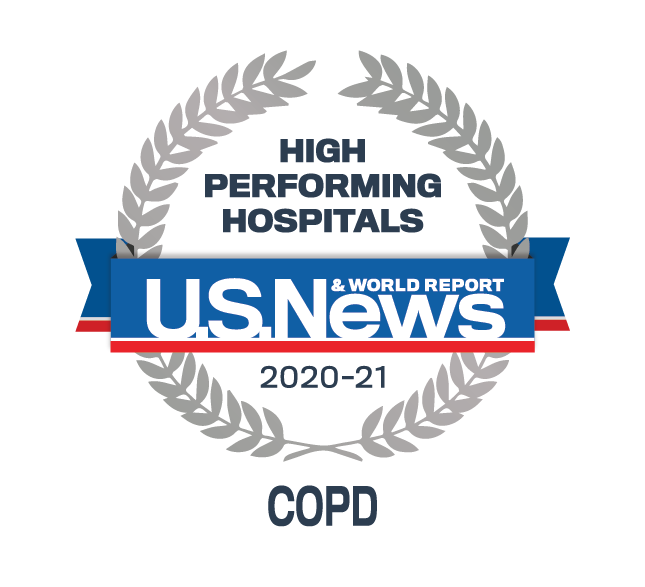COPD Q&A with Dr. Ijlal Babar
Pulmonologist Dr. Ijlal Babar discusses Chronic Obstructive Pulmonary Disease (COPD), which affects more than 12 million people in the U.S.

What is COPD?
“COPD is a progressive lung disease that gradually makes it harder for you to breathe over time and can lead to debilitation and makes you very uncomfortable.”
COPD is chronic.
In other words, you live with it every day. It can cause serious long-term disability and early death. There is no cure for COPD, but it is often preventable and treatable. COPD is referred to as chronic bronchitis or emphysema.
How Serious Is COPD?
COPD is the 3rd leading cause of death by disease in the United States. More than 16.4 million people have been diagnosed with COPD, but millions more may have the disease without even knowing it.
How is COPD Diagnosed?
“We diagnose COPD and its stage of severity with a pulmonary lung function test. Lung function tests are noninvasive and show how well your lungs are working. The test measures lung volume, capacity, rates of flow, and gas exchange. We provide comprehensive pulmonary function testing at our Gulport, Ocean Springs, and Pascagoula Pulmonary Services locations.”
How is COPD treated?
There’s no cure, but the good news is COPD can be found early, and there are treatments to help manage the disease. People can live with COPD for many years with the proper medications, oxygen therapy, pulmonary rehabilitation, and social support.
Singing River Pulmonologists can now also slow the progression of COPD using the new Zephyr® Valve treatment – a minimally invasive procedure where we place small artificial valves into your airways. The valves then release trapped pockets of air into your lungs and improve your ability to breathe.
How to Avoid COPD?
DO NOT SMOKE. About 85 to 90 percent of all COPD cases are caused by cigarette smoking. When a cigarette burns, it creates more than 7,000 chemicals, many of which are harmful. The toxins in cigarette smoke weaken your lungs’ defense against infections, narrow air passages, cause swelling in air tubes, and destroy air sacs—all contributing factors for COPD.
Female smokers are nearly 13 times as likely to die from COPD as women who have never smoked; male smokers are nearly 12 times as likely to die from COPD as men who have never smoked.
Other risk factors for COPD include:
- Exposure to air pollution
- Breathing secondhand smoke
- Working with chemicals, dust, and fumes
- A genetic condition called Alpha-1 deficiency
- A history of childhood respiratory infection



